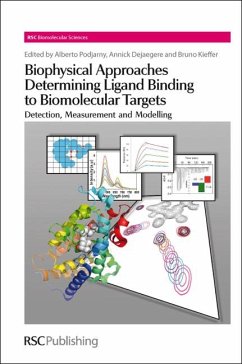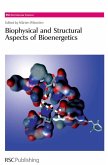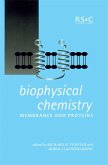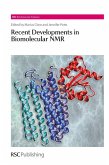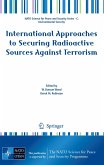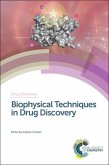The binding of small ligands to biological molecules is central to most aspects of biological function. The past twenty years has seen the development of an increasing armoury of biophysical methods that not only detect such binding, but also provide varying degrees of information about the kinetics, thermodynamics and structural aspects of the process. These methods have received increasing attention with the growth in more rational approaches to drug discovery and design. This book reviews the latest advances in the application of biophysics to the study of ligand binding. It provides a complete overview of current techniques to identify ligands, characterise their binding sites and understand their binding mechanisms. Particular emphasis is given to the combined use of different techniques and their relative strengths and weaknesses. Consistency in the way each technique is described makes it easy for readers to select the most suitable protocol for their research. The introduction explains why some techniques are more suitable than others and emphasizes the possible synergies between them. The following chapters, all written by a specialist in the particular technique, focus on each method individually. The book finishes by describing how several complimentary techniques can be used together for maximum effectiveness. This book is suitable for biomolecular scientists at graduate or post-doctoral level in academia and industry. Biologists and chemists will also find it a useful introduction to the techniques available.
Dieser Download kann aus rechtlichen Gründen nur mit Rechnungsadresse in A, D ausgeliefert werden.

